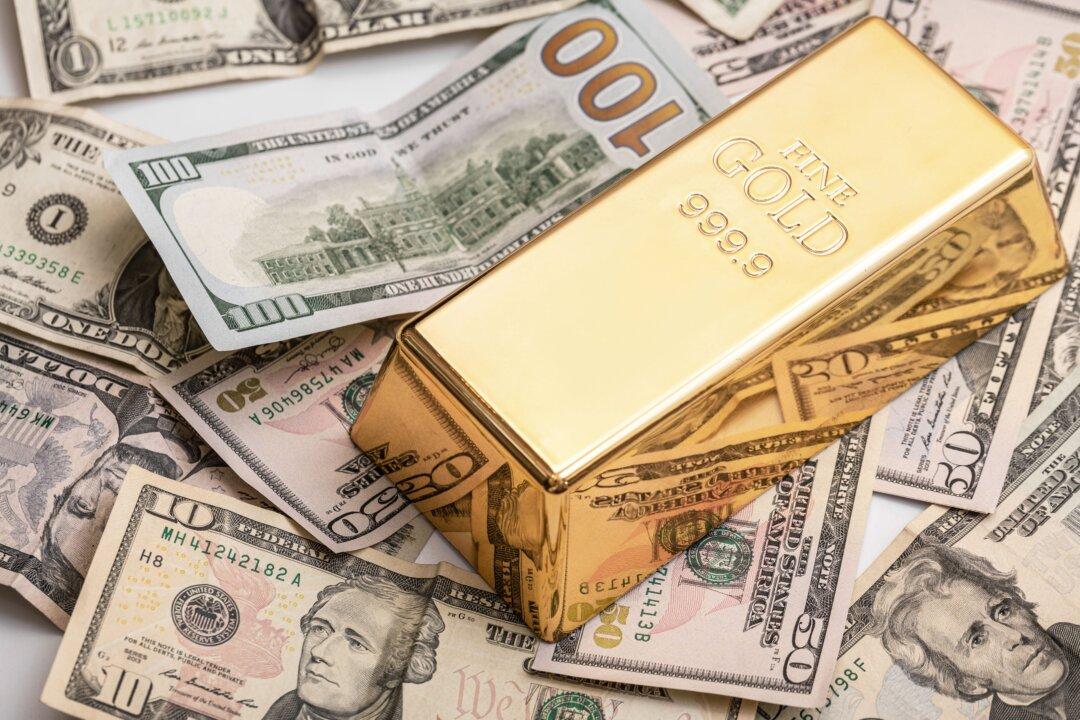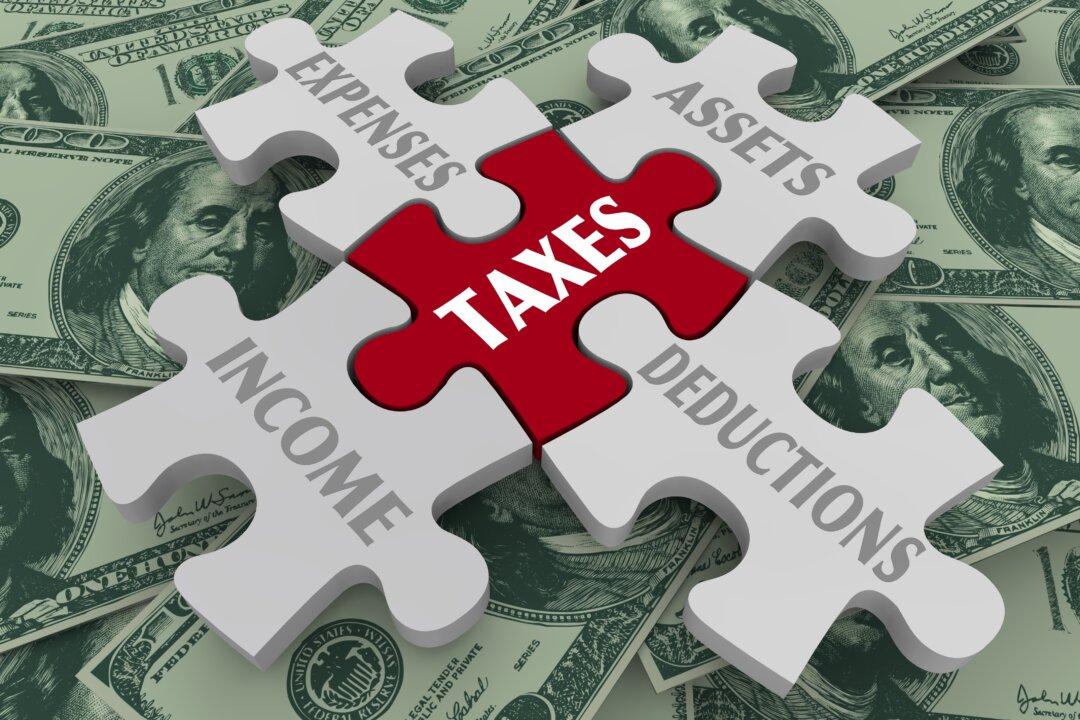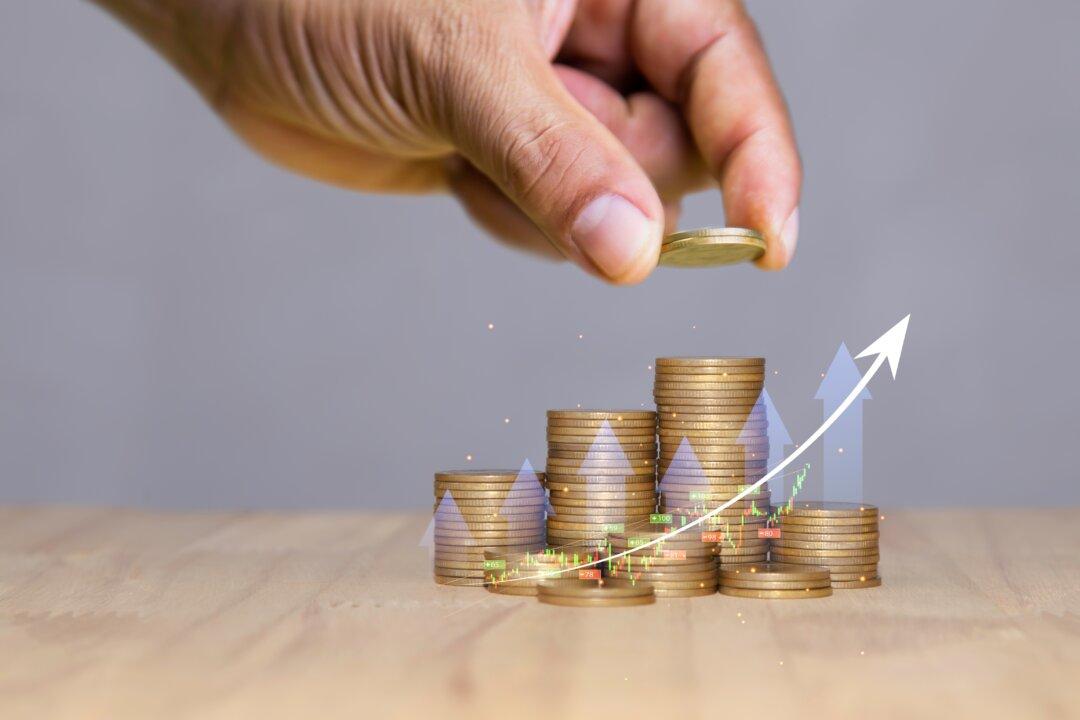It all began with the Coinage Act of 1792, which established the dollar as the standard unit of money in the United States. This act also created the U.S. Mint, responsible for producing and circulating coinage.
Initially, the dollar was defined under a bimetallic standard, meaning it was backed by a fixed quantity of either silver or gold. However, in 1900, the United States formally adopted the gold standard, which lasted until 1971, when the dollar’s link to gold was eliminated by then-President Richard Nixon.





